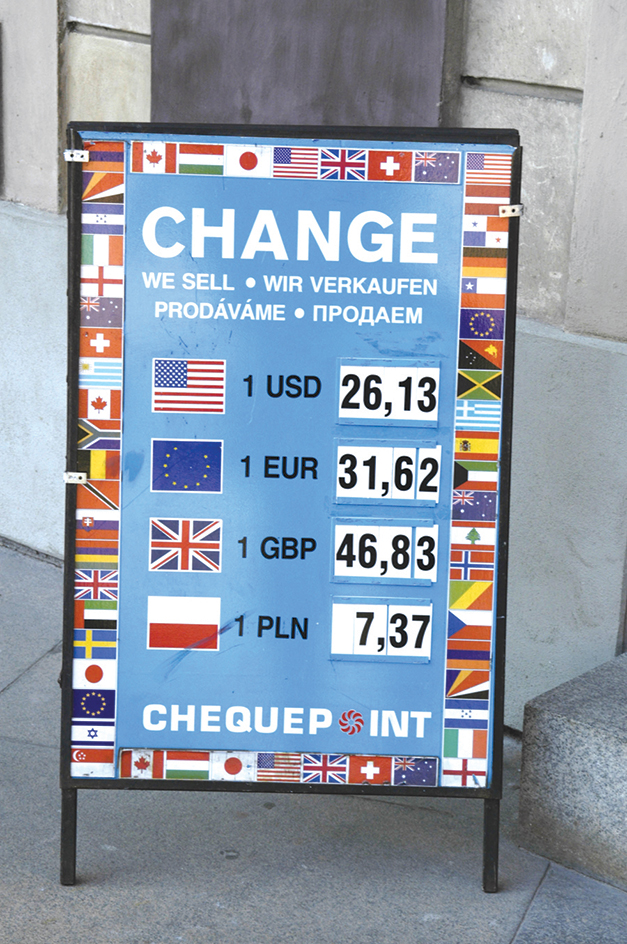Business cycle is the pattern of the business activity of a nation’s economy. Such activity increases or decreases from time to time.
Economists have named each part of a business cycle. A period of economic growth, called an expansion, features high rates of buying, selling, production, and employment. A downturn occurs after an expansion ends and business activity starts to decrease. A period of decreased economic activity, called a contraction, follows a downturn. A contraction brings a decline in buying, selling, production, and employment. After a contraction comes to an end, an upturn takes place and leads to another expansion. The cycle then begins again.
Contractions are characterized by a decrease in consumer purchases of automobiles, television sets, appliances, and other durable goods. As a result of contractions, businesses cut their inventories of available goods. Expansions are characterized by increased purchases of consumer durable goods and by increased levels of business inventories. Other factors that influence business cycles include government actions concerning taxes, spending, and monetary policy. Changes in currency exchange rates and the prices of materials sold in world markets also affect business cycles.

Changes in a nation’s economic activity are not as regular as the term cycle suggests. For example, 12 business cycles occurred from the end of World War II in 1945 to 2009. They ranged from about 2 to 11 years and averaged almost 6 years.
